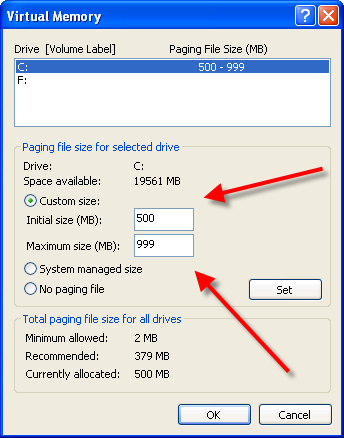

- LIQUIVID VIDEO IMPROVE CUSTOM PRESETS IN FOLDER HOW TO
- LIQUIVID VIDEO IMPROVE CUSTOM PRESETS IN FOLDER DOWNLOAD
The column headers are located in row five and the data starts from row six downwards, as shown in the next image. They all have a header that spans the first top four rows. The format of all the CSV files in the folder is the same. You can right-click the binary from the preview pane and select the CSV option to interpret the binary as a CSV file. The first transformation that needs to happen to this query is one that will interpret the binary. This is what is known as the concept of a sample query linked to a function. This query is now linked with the Transform file function, so any changes made to this query will be reflected in the function. With your new function created, select the query with the name Transform Sample file.

Any changes that you make to the Transform Sample file query will be automatically replicated to your custom function. This operation will effectively create a new function that will be linked with the Transform Sample file query. Right-click this new Transform Sample file query and select the Create Function option. Rename the newly created query from File Parameter (2) to Transform Sample file. Right-click File Parameter from the Queries pane. For example, a function that takes the environment's current date and time, and creates a specific text string from those values.

This is commonly seen in scenarios where an input can be inferred from the environment where the function is being invoked. It's possible to create a custom function without a parameter. The binary parameter type is only displayed inside the Parameters dialog Type dropdown menu when you have a query that evaluates to a binary. There's no requirement for any custom function to have a binary as a parameter.
LIQUIVID VIDEO IMPROVE CUSTOM PRESETS IN FOLDER HOW TO
We recommend that you read the article on Parameters to better understand how to create and manage parameters in Power Query.Ĭustom functions can be created using any parameters type. Use the Sample File query as the Current Value, as shown in the following image. Rename this query to be Sample File.Ĭreate a new parameter with the name File Parameter. This option will effectively create a new query with a navigation step directly to that file as a Binary, and the name of this new query will be the file path of the selected file. For this example, you'll see that the selection was made for the first file from the list, which happens to be the file April 2019.csv. Right-click on the Binary value of your choice from the Content field and select the Add as New Query option. This will take you to the Power Query experience. Start by using the Folder connector experience to navigate to the folder where your files are located and select Transform Data or Edit. The goal of this example is to create a custom function that can be applied to all the files in that folder before combining all of the data from all files into a single table. To learn more about the Folder connector, go to Folder. For simplicity, this article will be using the Folder connector.
LIQUIVID VIDEO IMPROVE CUSTOM PRESETS IN FOLDER DOWNLOAD
You can follow along with this example by downloading the sample files used in this article from the following download link. The following example was created using the desktop experience found in Power BI Desktop and can also be followed using the Power Query experience found in Excel for Windows.


 0 kommentar(er)
0 kommentar(er)
